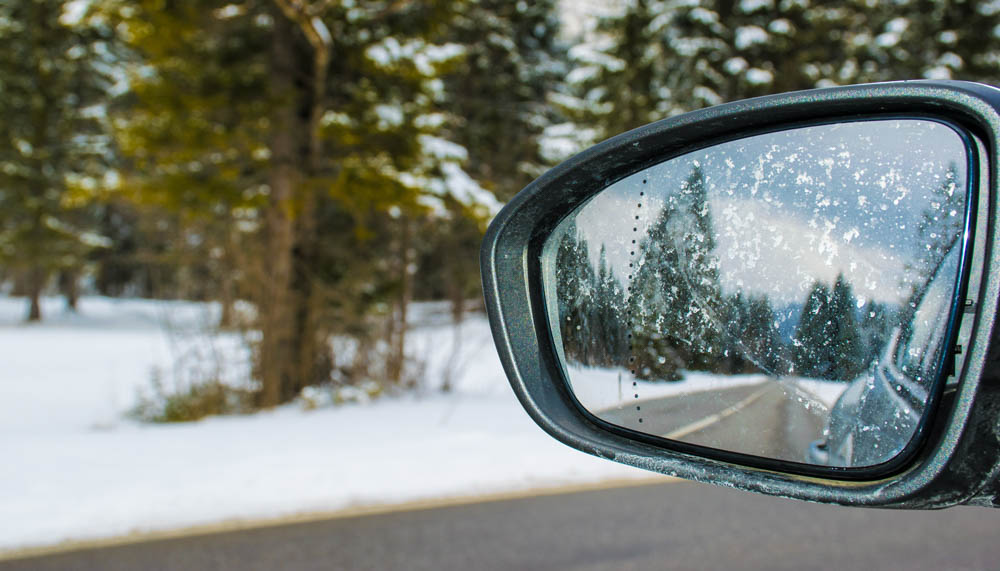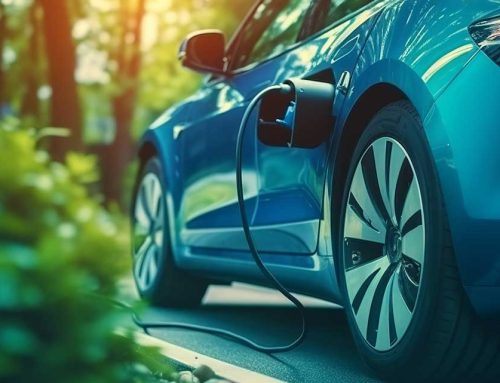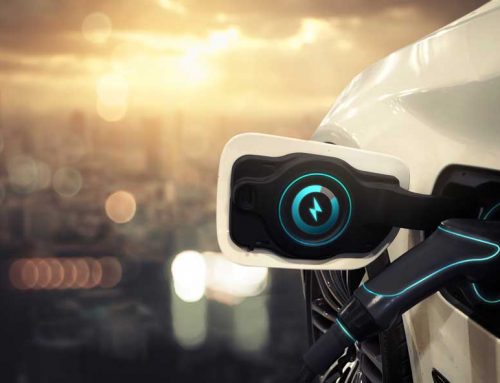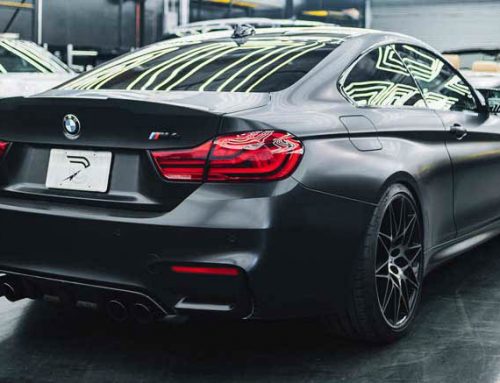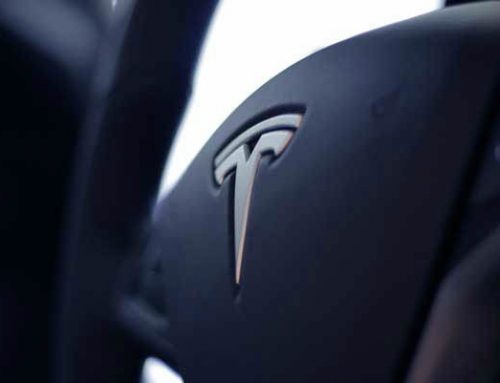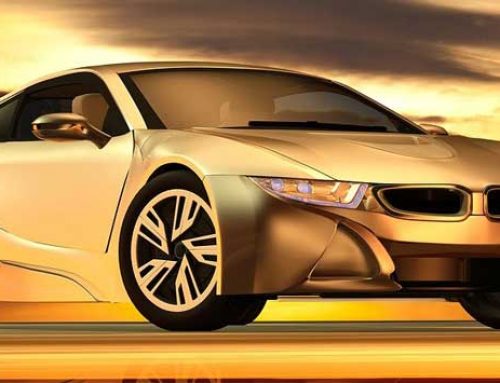Charging an electric car in cold weather can be tricky. Your battery may be affected, and whether you’re charging at home or at a charging station, it could mean charging for more extended periods.
Because of the way in which batteries work, cold weather can reduce the range of your vehicle. However, there are some strategies you can adopt to get the most out of your electric car in cold weather.
If you’re charging your electric car at home and your charging point is inside your garage, make sure your garage is well-insulated. This will keep everything warmer and reduce the amount of energy needed to charge your car. The charging process will be slower, but at least charging will be possible.
How do you charge and maintain an EV in the winter? Here are 8 cold weather tips:
- Make sure your charging point is in a warm place
- Insulate your garage if charging at home
- Check for residual heat sources at charging points
- Charge for longer periods in cold weather
- Monitor your battery health in cold weather
- Use a charging timer to schedule charging in cold weather
- Park in a protected, sheltered area (if you can) when charging in cold weather
- Check your tyres. Ensuring tyres are inflated correctly maintains safety and ensures the maximum range is available
Charging your electric car for business or pleasure in cold weather comes with some additional considerations, but with a bit of planning, you can still enjoy the convenience and environmental benefits of driving an EV all year round.
Do electric cars have problems in cold weather?
The biggest problems electric cars experience in cold weather are related to the battery. Of course, you’ll experience cold-weather issues in any vehicle – ice on the windows, cold steering wheel and seats, and so on – but where you might find a car with an internal combustion engine (ICE) struggles to start in the cold, that’s not usually a problem for EVs.
The issue with starting an ICE in the cold is often related to the battery. Batteries work because of chemical reactions, and when the reaction happens as it should, energy is released. This energy turns the starter motor and gets the engine going.
In cold weather, the chemical reactions still occur, but either more slowly or with less energy produced. There are many complex scientific reasons for this, but the reduction in temperature is the root cause.
Of course, the battery used to power an EV is not the same as the battery used in a traditional vehicle, but cold weather can still have an effect.

Electric Car Charger Ireland, Suite 1, Rear Unit 7, Church Place, Glenageary, Co. Dublin, A96 A9Y0, | Phone: +353 1 515 93 36 – DRIVING DIRECTIONS | Photo by Ivan Gale from Pexels
Why do electric cars struggle in the cold—and how to help them?
The biggest issue EVs face in the cold is with the battery. Do electric cars charge slower in cold weather? Yes – when temperatures drop, the effect on the battery is that it takes longer to charge due to the slower chemical reactions. Charging an electric car in cold weather will also mean the range of the vehicle is lowered.
You can combat these issues by charging your battery in a warmer location, but that’s not always possible. Charging at home is best because you can control the environment, and it’s more cost-effective. If you have a well-insulated garage, it will keep the charging process as efficient as possible.
Finding the warmest location is the best option if you’re charging at a public charging station. If you can find a charging station that’s indoors, it’s beneficial. Shopping malls and indoor car parks often provide charging points that will be shielded from the worst effects of the weather.
In some cases, the charging station might have residual heat from another source – such as from a heating system. It’s worth checking whether this is available before you start charging, as it can save you some time.
Monitoring your battery health is another vital consideration when charging an electric car in cold weather. Batteries degrade more quickly in cold weather, which means you need to keep an eye on charging habits.
You should look at the average temperature during charging and adjust your charging habits accordingly. If battery degradation is occurring faster than desired, it might be worth investing in a timer to control charging times. Timers are relatively cheap, easy to install, and make charging more efficient, especially in winter.
Using a charging timer can help you schedule charging in a time when it’s more likely to be warmer, resulting in faster charging. A timer can also be useful for preheating the battery – if you can schedule the charge to finish as you are due to begin your journey, the battery will be warm (a side effect of the charging process). This will lead to better performance as it is closer to its usual operating temperature.
As for the range issues you may encounter, you can try to use less power while driving – if you don’t need the heater on, turn it off, or at least turn it down. Any electric system will drain the battery, so the less you use, the better.
If you’re not going to go as far as possible, then you won’t experience a problem with reduced range. However, you can plan journeys to have strategic stops at charging stations if necessary.
How cold is too cold for electric cars?
Electric cars will operate at almost any temperature, but the biggest concern will be reduced range. The difference between 20C and 0C can reduce the range of the vehicle by 40% or more, depending on the use of heaters.
As technology improves, this difference will reduce, but don’t imagine that ICE vehicles get a free pass. With heating and AC on, the range of a petrol/diesel vehicle is also reduced, as energy is diverted to different electrical systems.
Are electric cars warm in winter?
Yes, electric cars are warm in winter if you use the heater – but utilising the heater can reduce the range of the vehicle.
Can you charge an electric car in cold weather?
Yes, charging an electric car in cold weather is possible, and it is usually easiest to do at home, where you have greater control over the environment. Installing a dedicated home charger is a great option.
Can you charge an electric car in the snow?
If you use the correct cables, then yes, you can charge an electric car in the snow. You should never use extension cables or multi-socket adapters for many reasons, not least that they are usually not waterproof and pose a risk of electric shock if used in the snow.
EV Fleet Charging – Check out our latest blog post for full details of why Switch Your Fleet To Electric !

